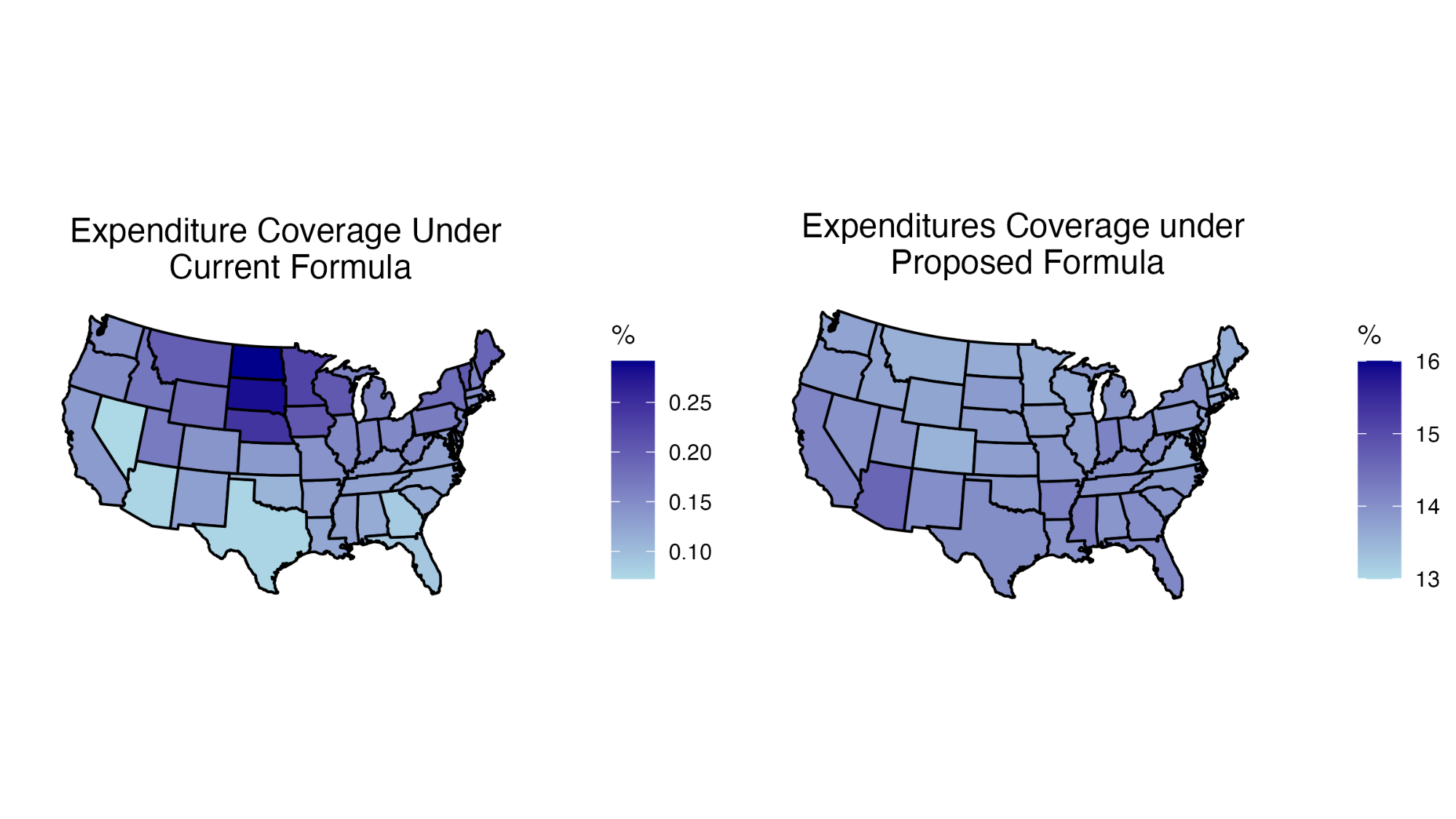Reevaluating the Low Income Energy Assistance Program- A Proposal For a More Equitable Distribution Formula
Written by Grace Jensen, 2023 Summer Graduate Assistant
Extreme heat conditions, or periods where the heat index exceeded 90 degrees fahrenheit, have become more commonplace across the contiguous United States in recent history- with record breaking heat waves occurring in states from Florida to Washington. These conditions pose a heightened risk to public health, seeing as extreme heat has now become the deadliest weather event in the United States with an estimated 600 people dying from heat related illnesses every year. Low income communities are especially at risk for heat related illnesses, due to both higher average temperatures and a lack of adequate air conditioning. The Low Income Energy Assistance Program stands poised to mitigate this risk in low income communities, seeing as its mission has always been to provide direct assistance to families struggling to afford their heating and cooling costs. However, the current federal distribution formula is biased towards cold-weather due to the distribution formula’s overemphasis on heating assistance and ‘hold harmless’ statutes states, leaving warm-weather states like Arizona and Texas with significantly less proportional funding to dispense to its low income population.
In order to more equally distribute LIHEAP funds, I propose a simplified formula that provides each state with a baseline funding amount that is equal to 13% of their total low-income energy expenditures. This baseline formula allows for individuals in states with more expensive heating and cooling costs on average to receive greater assistance. From there, any surplus appropriation can be distributed based on the state’s relative energy burden- meaning the states with particularly large low income populations and/or high energy costs will receive a small boost in funding. My results showed that this proposed formula will better account for the increased need for cooling assistance while also taking into account typically higher heating costs.

